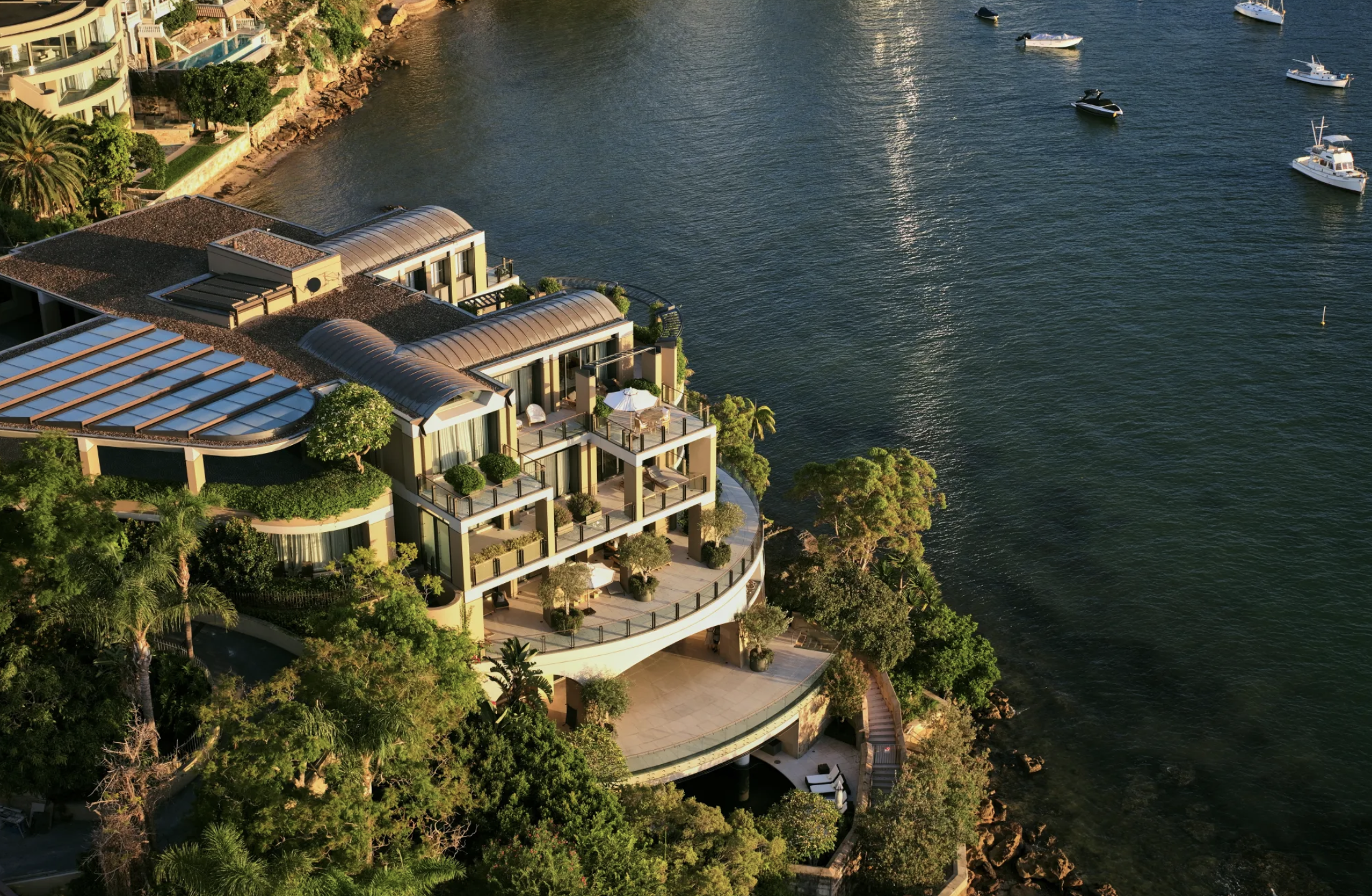Meet the HENRYS: The Six-Figure Earners Who Don’t Feel Rich
When you’re a HENRY—high earner, not rich yet—a hefty salary isn’t enough to buy freedom from financial pressure
Fifteen years ago if you’d told April Little that she’d make $300,000 a year, she would have pictured a life free of financial stress.
“The white picket fence—I have the whole visual in my head,” says Little, 38 years old, a human-resources executive turned career coach in Rochester, N.Y. “I don’t want to sound ungrateful, but when I got to that proverbial mountaintop I realised there’s a lot of expenses. And I still don’t own a home.”
So go the plush-but-not-too-plush lives of the Americans who qualify as HENRY—high earner, not rich yet.
Little makes multiple six figures running her own business but carries $90,000 of college and grad-school debt. Child care and education for her three children would be so costly that she and her husband decided the better option was for him to leave his radio job to parent and home-school full time.
New census data show 14.4% of U.S. households bring in $200,000 or more a year, a near record. Yet the money doesn’t have the buying power those earners wish it did, partly due to the rising prices hammering us all and partly due to the supercharged costs of things like houses and cars. HENRYs describe feeling stuck on a hamster wheel—a nice one that other hamsters envy—but running in place nonetheless.
Oh come on, you’re thinking . You’re asking me to feel sympathy for Audi-driving, Chase Sapphire-loving, Whole Foods-shopping consultant types with kids in private school?
Well…not exactly. But what they’re feeling is a version of what a lot of Americans at every income level face—making more money but not feeling like there’s a surplus. The essence of being a HENRY is feeling a gap between what you have and what you think you need to be comfortable.
What these high earners consider essentials might be termed luxuries (or nonsense) by the rest of us, but it’s also true that it takes more money to feel rich these days. And their great fear is becoming a HENRE: high earner, not rich ever .
Short of expectations
Attorney Joshua Siegel doesn’t expect sympathy as he motors around Los Angeles in his Lexus SUV. He just figured at age 40, having risen to partner and chair of the transactional tax group at Albrecht Law, that he might be driving from a house he owns to a country club where he’s a member.
Instead, his occasional golf outings take him from his rental home to a public course. Raising three kids in one of the country’s most expensive cities has been a reality check, he says. He’s also realised that a lot of people with jobs like his come from wealthy families where trust funds and down-payment assistance give them financial head starts.
The son of an electrician and a dental assistant, Siegel is making his own way in the white-collar world.
“It really just feels like treading water,” he says.
Monique So, a 40-year-old financial consultant, says she and her husband, a software engineer, have a net worth in the mid-seven figures. But she likely won’t breathe easy until, or if, they accumulate an eight-figure net worth. Daycare for their 2-year-old takes a $30,000 bite out of their family budget.
“I have this scarcity mindset that is very common,” she says.
What it takes to feel rich
Caitlin Frederick, director of financial planning at Ullmann Wealth Partners in Jacksonville Beach, Fla., says many of her mid career clients are less affluent than their salaries suggest. She advises a lot of prototypical millennials who racked up student loans in hopes of vaulting into high-paying jobs. They delayed buying houses and starting families while climbing professional ladders.
The first part of their plans worked, she says. The degrees led to hefty incomes. Now that they’re having kids, shopping for real estate and wishing to upgrade their Camrys, they’re discovering that many of life’s major expenses shot up faster than the overall rate of inflation.
Lifestyle creep is a factor too, she says, noting clients who overspend on trips and restaurants.
“It is easy for people to just continue to increase their lifestyle every time they get a promotion,” Frederick says.
Then again, they watched their slightly older co-workers spend freely, and buy lake houses, too. The good life requires more money than it used to, she adds.
In 2009, the median home price was $220,900, according to the Federal Reserve, and a new car cost an average of $23,276, according to the Energy Department. Had prices increased at the rate of the consumer-price index, the average house would cost $322,000 today and a car would cost $34,000. Instead, the Fed reports an average house goes for $412,000 today, and a typical new car is $48,000, according to Kelley Blue Book.
The national going rate for a babysitter 15 years ago was $10.50 an hour, according to Care.com. Now it’s $18.38, 20% more than if the cost had tracked the consumer-price index.
Budget-conscious HENRYs tell me it’s often hard to find mid tier options in, well, anything, as companies push luxury versions of everything from high-end water bottles to $1,000-a-night hotel rooms .
Another big-ticket item
Another financial curveball comes up frequently in my conversations with high earners: school costs.
Nearly half of American private schools increased enrolment in the last academic year, according to the Cato Institute. Parents who originally planned to send their children to public school tell me they’ve gone private for reasons that include pandemic learning disruptions, public schools’ difficulty retaining good teachers and budget problems . Some say they’re convinced private schools are the only places their kids will thrive, though more than 80% of American kids attend public school.
Brad Gyger and his wife shuttle their three children around in a 2014 GMC Yukon with 130,000 miles—not exactly the late-model, luxury ride he expected to own as a three-time chief revenue officer in the tech sector. Then again, he didn’t anticipate annual private-school tuition payments roughly equivalent to the price of a new, fully loaded Cadillac Escalade.
Gyger, now an independent sales consultant in California, says he didn’t consider private education until a few years ago, when he and his wife concluded their oldest child would thrive in a more academically challenging environment. The school could also accommodate their second child’s learning needs. And how could they leave out the youngest?
Gyger, 46, says his family is fortunate to even have education options. The trade-off is living more modestly than his résumé might suggest.
He gave up gym and tennis-club memberships, opting to stay fit on the cheap by cycling and lifting dumbbells in his garage. And forget about upgrading from the home the couple bought in 2015.
“We’re probably never moving,” says Gyger. He hopes they’ll remodel the kitchen. Someday.
 Copyright 2020, Dow Jones & Company, Inc. All Rights Reserved Worldwide. LEARN MORE
Copyright 2020, Dow Jones & Company, Inc. All Rights Reserved Worldwide. LEARN MORE
Australia’s housing market defies forecasts as prices surge past pandemic-era benchmarks.
Records keep falling in 2025 as harbourfront, beachfront and blue-chip estates crowd the top of the market.
JPMorgan Chase has a ‘strong bias’ against adding staff, while Walmart is keeping its head count flat. Major employers are in a new, ultra lean era.
It’s the corporate gamble of the moment: Can you run a company, increasing sales and juicing profits, without adding people?
American employers are increasingly making the calculation that they can keep the size of their teams flat—or shrink through layoffs—without harming their businesses.
Part of that thinking is the belief that artificial intelligence will be used to pick up some of the slack and automate more processes. Companies are also hesitant to make any moves in an economy many still describe as uncertain.
JPMorgan Chase’s chief financial officer told investors recently that the bank now has a “very strong bias against having the reflective response” to hire more people for any given need. Aerospace and defense company RTX boasted last week that its sales rose even without adding employees.
Goldman Sachs , meanwhile, sent a memo to staffers this month saying the firm “will constrain head count growth through the end of the year” and reduce roles that could be more efficient with AI. Walmart , the nation’s largest private employer, also said it plans to keep its head count roughly flat over the next three years, even as its sales grow.
“If people are getting more productive, you don’t need to hire more people,” Brian Chesky , Airbnb’s chief executive, said in an interview. “I see a lot of companies pre-emptively holding the line, forecasting and hoping that they can have smaller workforces.”
Airbnb employs around 7,000 people, and Chesky says he doesn’t expect that number to grow much over the next year. With the help of AI, he said he hopes that “the team we already have can get considerably more work done.”
Many companies seem intent on embracing a new, ultralean model of staffing, one where more roles are kept unfilled and hiring is treated as a last resort. At Intuit , every time a job comes open, managers are pushed to justify why they need to backfill it, said Sandeep Aujla , the company’s chief financial officer. The new rigor around hiring helps combat corporate bloat.
“That typical behavior that settles in—and we’re all guilty of it—is, historically, if someone leaves, if Jane Doe leaves, I’ve got to backfill Jane,” Aujla said in an interview. Now, when someone quits, the company asks: “Is there an opportunity for us to rethink how we staff?”
Intuit has chosen not to replace certain roles in its finance, legal and customer-support functions, he said. In its last fiscal year, the company’s revenue rose 16% even as its head count stayed flat, and it is planning only modest hiring in the current year.
The desire to avoid hiring or filling jobs reflects a growing push among executives to see a return on their AI spending. On earnings calls, mentions of ROI and AI investments are increasing, according to an analysis by AlphaSense, reflecting heightened interest from analysts and investors that companies make good on the millions they are pouring into AI.
Many executives hope that software coding assistants and armies of digital agents will keep improving—even if the current results still at times leave something to be desired.
The widespread caution in hiring now is frustrating job seekers and leading many employees within organizations to feel stuck in place, unable to ascend or take on new roles, workers and bosses say.
Inside many large companies, HR chiefs also say it is becoming increasingly difficult to predict just how many employees will be needed as technology takes on more of the work.
Some employers seem to think that fewer employees will actually improve operations.
Meta Platforms this past week said it is cutting 600 jobs in its AI division, a move some leaders hailed as a way to cut down on bureaucracy.
“By reducing the size of our team, fewer conversations will be required to make a decision, and each person will be more load-bearing and have more scope and impact,” Alexandr Wang , Meta’s chief AI officer, wrote in a memo to staff seen by The Wall Street Journal.
Though layoffs haven’t been widespread through the economy, some companies are making cuts. Target on Thursday said it would cut about 1,000 corporate employees, and close another 800 open positions, totaling around 8% of its corporate workforce. Michael Fiddelke , Target’s incoming CEO, said in a memo sent to staff that too “many layers and overlapping work have slowed decisions, making it harder to bring ideas to life.”
A range of other employers, from the electric-truck maker Rivian to cable and broadband provider Charter Communications , have announced their own staff cuts in recent weeks, too.
Operating with fewer people can still pose risks for companies by straining existing staffers or hurting efforts to develop future leaders, executives and economists say. “It’s a bit of a double-edged sword,” said Matthew Martin , senior U.S. economist at Oxford Economics. “You want to keep your head count costs down now—but you also have to have an eye on the future.”
By improving sluggish performance or replacing a broken screen, you can make your old iPhone feel new agai
A divide has opened in the tech job market between those with artificial-intelligence skills and everyone else.
























